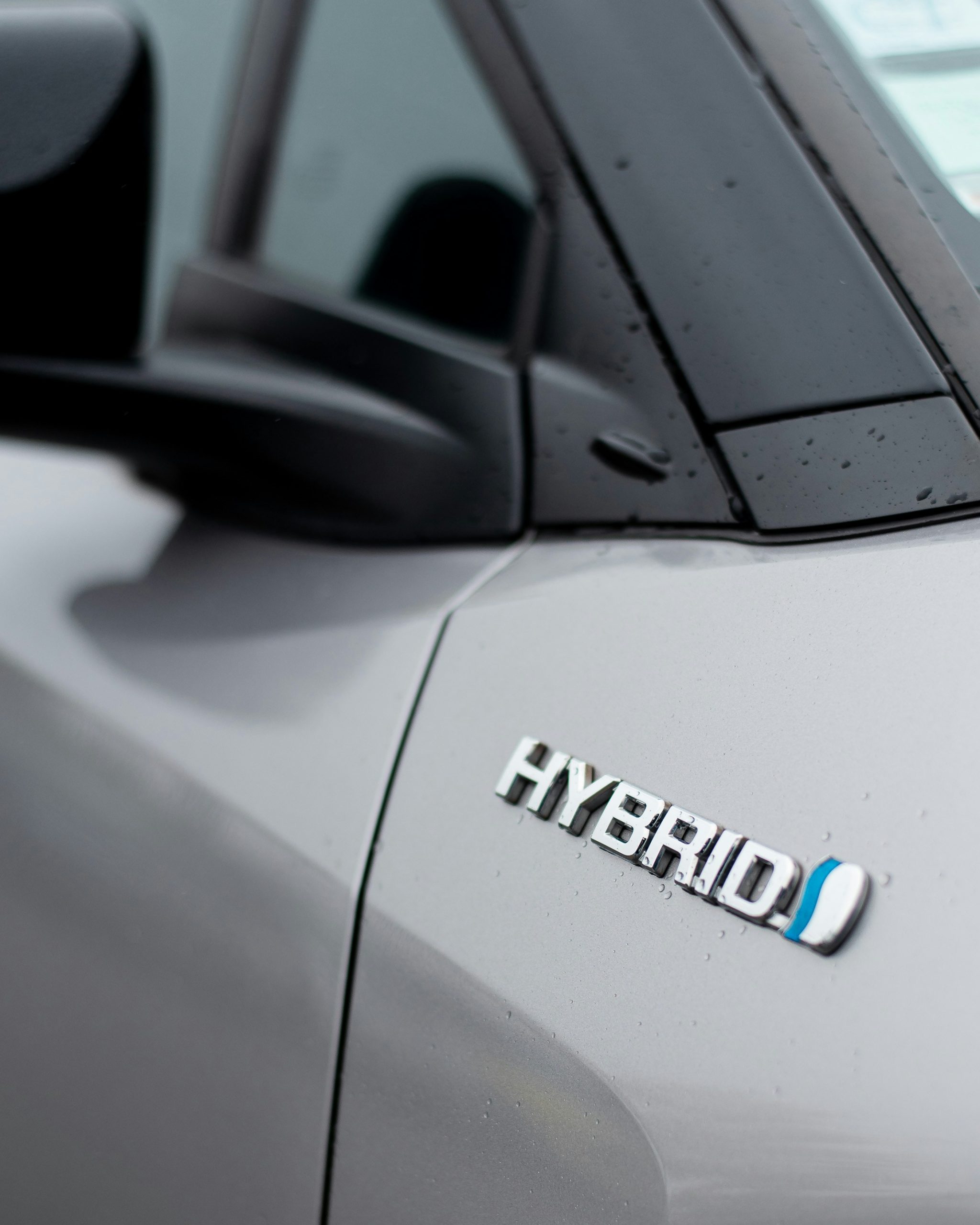In today’s world, being environmentally conscious is more important than ever. As a car owner, there are several ways you can maintain your vehicle to reduce your environmental impact. In Australia, where diverse landscapes and long distances between destinations are common, green car maintenance practices not only help protect the environment but can also enhance your vehicle’s efficiency and longevity. Here are some practical tips for maintaining your car in an eco-friendly manner.

1. Regular Maintenance Checks
A. Engine maintenance
Regular engine maintenance, such as changing spark plugs, filters and fluids, is essential for keeping your car running efficiently. A well-maintained engine burns fuel more cleanly and efficiently, reducing harmful emissions. Follow your car manufacturer’s recommended service intervals to ensure your engine stays in top condition.
B. Oil Changes
Using the right type of oil for your vehicle and changing it at the recommended intervals is crucial. Synthetic oils, while often more expensive, can last longer and perform better in extreme temperatures.
C. Air Filter Replacement
A clean air filter ensures your engine receives the proper amount of air, improving fuel efficiency and reducing emissions. Check and replace your air filter as needed, particularly if you often drive on dusty Australian roads.
2. Tyre Maintenance
A. Proper Inflation
Under-inflated tyres can decrease fuel efficiency and increase tyre wear. Regularly check your tyre pressure and inflate them to the manufacturer’s recommended levels. Properly inflated tyres reduce rolling resistance, improving fuel economy and reducing emissions.
B. Tyre Rotation and Alignment
Regularly rotating your tyres and ensuring proper alignment can extend their lifespan, providing better fuel efficiency and reducing the need for premature replacements. This practice not only saves you money but also reduces the environmental impact associated with tyre manufacturing and disposal.
C. Eco-Friendly Tyres
Consider investing in eco-friendly tyres designed to reduce rolling resistance and improve fuel economy. These tyres are often made from sustainable materials and can contribute to lower emissions over the life of your vehicle.
3. Efficient Driving Habits
A. Smooth Acceleration and Braking
Aggressive driving, including rapid acceleration and hard braking, can significantly reduce your fuel efficiency. Adopting smoother driving habits can improve your vehicle’s fuel economy and reduce wear on your car’s components.
B. Maintaining Steady Speeds
Using cruise control on highways helps maintain a steady speed, which can improve fuel efficiency. Avoiding unnecessary speed fluctuations reduces the workload on your engine and saves fuel.
C. Reducing Idling
Idling consumes fuel without moving your vehicle, producing unnecessary emissions. Turn off your engine if you expect to be stationary for more than a minute, such as when waiting at a long traffic light or in a drive-through line. If your vehicle is fitted with a stop/start function, make sure it’s operating properly.

4. Reducing Vehicle Weight
A. Unload Unnecessary Items
Carrying excess weight in your vehicle can reduce fuel efficiency. Regularly check your car for unnecessary items, such as heavy tools or sports equipment, and remove them to lighten your load.
B. Roof Racks and Carriers
While roof racks and carriers are convenient, they increase aerodynamic drag and reduce fuel efficiency. Remove them when not in use to improve your vehicle’s aerodynamics and save fuel.
5. Electrical System and Battery Maintenance
A. Battery Care
A well-maintained battery ensures your car’s electrical systems operate efficiently. Regularly check your battery’s condition and clean any corrosion from the terminals. Consider using a solar charger to maintain battery health, especially if your car is frequently parked in sunny locations.
B. Energy-Efficient Accessories
Install energy-efficient LED lights and other accessories to reduce the load on your car’s electrical system. These components use less power, improving overall efficiency and reducing fuel consumption.
6. Embracing New Technologies
A. Hybrid and Electric Vehicles
Consider transitioning to a hybrid or electric vehicle (EV) if you’re in the market for a new car. These vehicles produce fewer emissions and can be more cost-effective in the long run, especially with government incentives and the growing availability of charging infrastructure in Australia.
B. Smart Driving Apps
Use smartphone apps and onboard technology to monitor your driving habits and vehicle performance. These tools can provide real-time feedback on fuel efficiency, maintenance reminders, and tips for greener driving practices.
Conclusion
Maintaining your car in an eco-friendly manner not only helps protect the environment but can also save you money and improve your vehicle’s performance. By adopting these green car tips, Australian drivers can contribute to a cleaner, greener future while enjoying the benefits of a well-maintained vehicle. From regular maintenance checks and efficient driving habits to the use of eco-friendly products and embracing new technologies, every small step counts towards reducing our environmental impact. So, let’s drive green and keep Australia beautiful for generations to come. Happy driving!
Book Now








